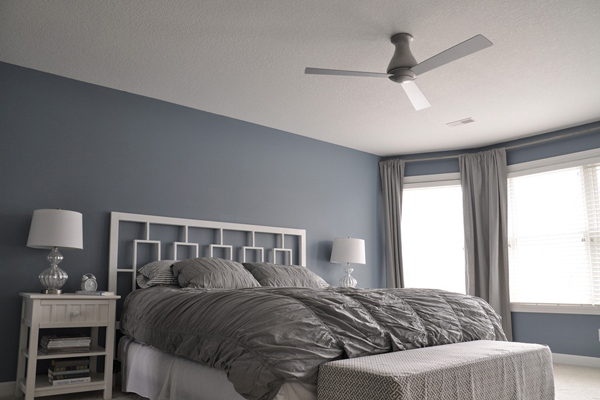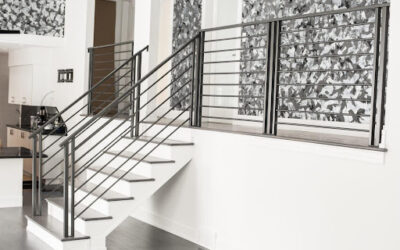A Complete Guide to Selecting Residential Fans for Your Home

Choosing the right ventilation solution for your home is crucial for comfort, energy efficiency, and overall air quality. While many homeowners focus on air conditioning systems, residential fans play an equally important role in maintaining a comfortable living environment. These fans can improve airflow, reduce humidity, and even lower energy costs by supplementing your existing cooling systems.
Investing in high-quality residential fans can transform the comfort of your home. Unlike standard ceiling fans, premium residential fans are designed for both aesthetics and performance, blending seamlessly with your interior while efficiently circulating air. Selecting the right fan requires careful consideration of your home’s layout, room size, ceiling height, and your specific comfort needs.
Understanding Residential Fans
Residential fans come in various styles, including ceiling fans, wall-mounted fans, and portable units. Each type serves a specific purpose and is suited for different spaces. Ceiling fans are the most popular choice for general airflow, providing consistent circulation throughout the room. Wall-mounted and portable fans offer flexibility and can be moved or directed as needed.
Modern residential fans are equipped with energy-efficient motors and advanced blade designs to maximize airflow while minimizing noise. Many models also feature integrated lighting options, smart controls, and reversible blade functionality, allowing you to adapt airflow direction according to seasonal needs.
Benefits of Residential Fans
Installing residential fans offers several benefits beyond simple ventilation. First, they improve comfort by evenly distributing air, preventing hot or cold spots within a room. This is particularly useful in areas with high ceilings or large open spaces.
Second, residential fans can enhance energy efficiency. By circulating air effectively, they reduce the need for constant air conditioning, lowering electricity consumption and utility bills. During cooler months, reversible fans can push warm air down from the ceiling, improving the efficiency of heating systems.
Third, fans contribute to better indoor air quality. Proper airflow reduces the buildup of humidity, prevents mold growth, and helps remove dust and allergens from the living space, creating a healthier environment for your family.
Key Factors to Consider
When selecting a residential fan, several factors should be carefully evaluated:
- Room Size: The size of your room determines the blade span and airflow capacity required. Larger rooms need fans with longer blades and higher cubic feet per minute (CFM) ratings to ensure proper circulation.
- Ceiling Height: Standard fans work best with ceilings between 8 to 10 feet. High ceilings may require extended downrods or high-volume low-speed (HVLS) fans to maintain optimal airflow.
- Energy Efficiency: Look for fans with energy-efficient motors and ratings such as ENERGY STAR certification. Efficient fans lower electricity costs and reduce environmental impact.
- Style and Aesthetics: Residential fans come in various designs, from modern minimalist to traditional styles. Choose a fan that complements your home décor while delivering optimal performance.
- Controls and Features: Consider fans with remote controls, smart home integration, adjustable speeds, and reversible blades. These features add convenience and enhance usability.
Installation and Maintenance
Proper installation is critical for maximizing the performance and safety of residential fans. Fans should be securely mounted and positioned to avoid obstructions. Professional installation ensures correct alignment, stable operation, and longevity of the fan.
Maintenance is straightforward but essential. Regularly clean the blades and motor housing to prevent dust accumulation, which can affect airflow and fan efficiency. Check that screws and mounts remain tight to prevent wobbling and noise.
Enhancing Home Comfort
Residential fans are not only practical but also versatile. They can be strategically placed to optimize airflow throughout your home, enhancing comfort in bedrooms, living areas, kitchens, and even outdoor patios. By selecting fans suited to your space and needs, you can create a comfortable and energy-efficient living environment year-round.
Conclusion
Selecting the right residential fans involves understanding your home’s layout, assessing airflow needs, and choosing energy-efficient, stylish models that enhance comfort. With proper installation and maintenance, these fans provide long-term benefits, including improved air circulation, lower energy costs, and healthier indoor air quality. Investing in high-quality residential fans ensures that your home remains comfortable and efficient in all seasons.







